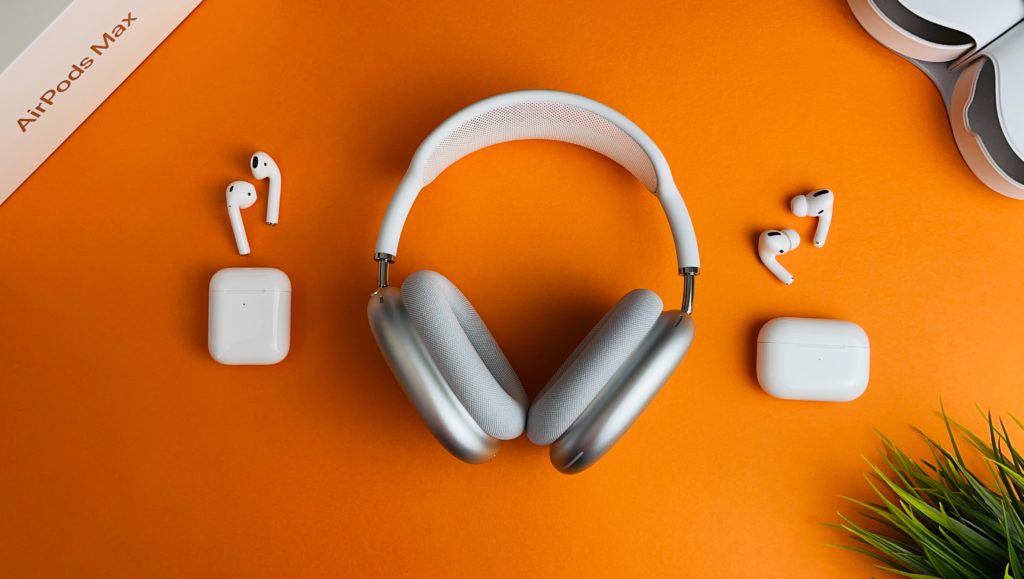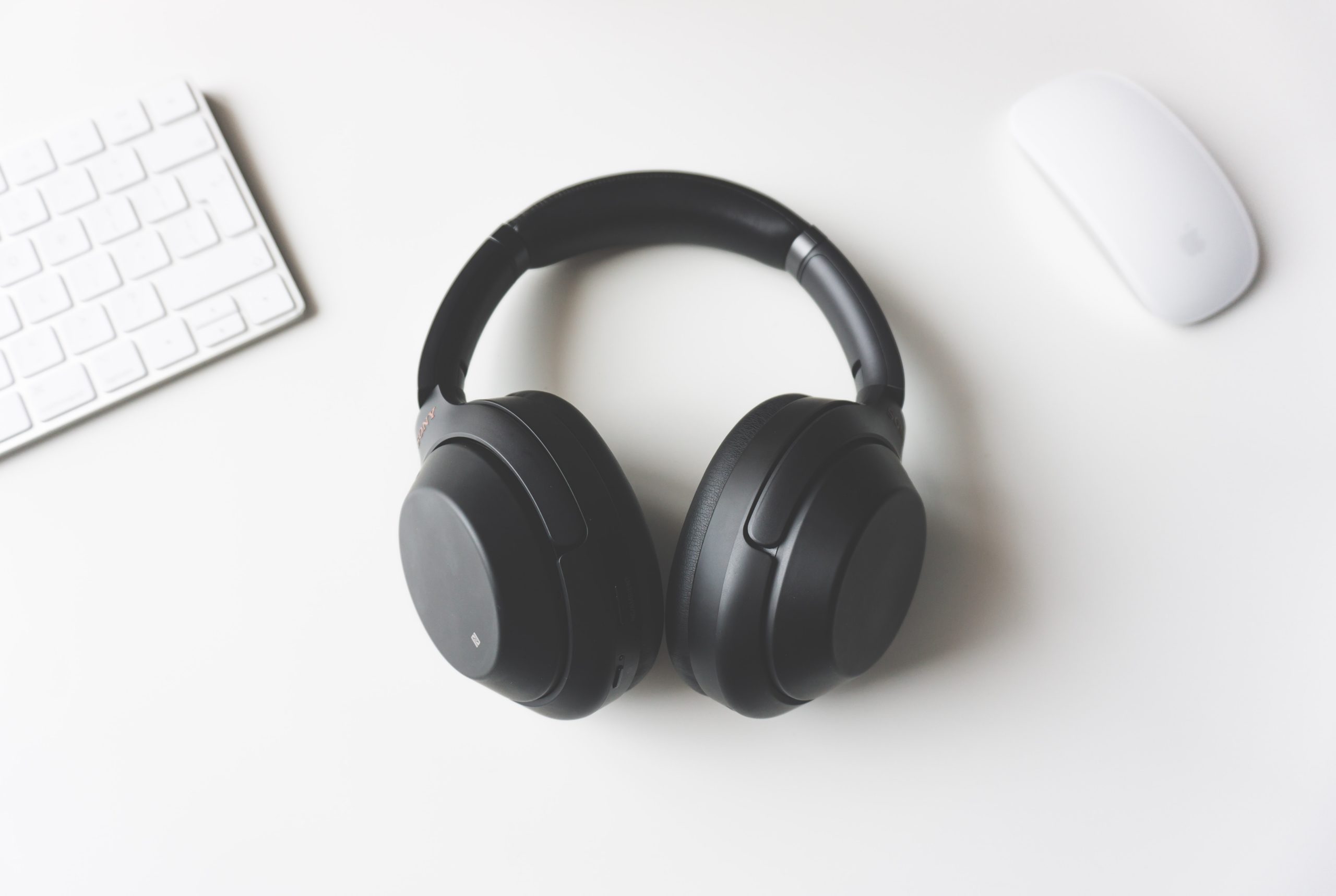Bluetooth headsets provide a convenient way of staying connecting while doing other things. However, if they keep on disconnecting, then this convenience can turn into a nightmare.
But what happens when Bluetooth headphones keep on disconnecting? Let’s look at some of the common reasons why Bluetooth headsets keep on disconnecting.
List of Reasons Bluetooth Headsets Keep Disconnecting

Persistent disconnecting could be the result of:
- A low battery
Disconnections are likely to occur if the battery is not fully charged. Fully charging the battery helps to
prevent this problem. After buying a new pair of headsets, monitor it to know how long it takes to run
out of power. Also check if the headsets have a low battery indicator. It could be the cause of the
problem. If the battery is low, ensure that it is fully charged before using them. - Interference from Other Device
Other Bluetooth enabled devices can interfere with your connection. For instance, it’s possible for a
Bluetooth headset to connect to more than one device. When two users try to connect to the same
unit, Bluetooth will first interfere with the first connection.
Some headsets attempt to automatically pair with any Bluetooth devices within range. However, the
best models have indicators which show which connection has paired. It is thus critical to check out for
reviews before making a purchase. The best models are least likely to have this problem. If the
headsets keep disconnecting during driving, it may be because of interference from other Bluetooth
enabled devices on the road. - Compatibility
In some cases, the headsets are not compatible with the device you’re trying to pair with. If they are not
compatible, then it will malfunction when in use. Always check the product specification to know if they
are compatible with the device that you want to use. This will ensure that the headsets function
optimally. - Too any Apps Running in The Background
Too many apps running in the background can cause interference during pairing. Some devices only
allow a limited number of apps to run simultaneously. Check with the headset manufacturer if in doubt. - You May Be Out of Range
Bluetooth operates within a limited range. If beyond the range, the connected devices can disconnect.
Bluetooth headsets have a maximum range of 10 meters. ( 32 feet). Always make sure that you are
close to the device you are connected to. You can also check the specifications to know the how close
you should be for maximum connectivity. - Duplicate Contacts
Synchronizing your contact lists to the headsets can cause duplication. When someone calls, the device
tries to read multiple contact numbers which could result in disconnection. You can solve this by
deleting multiple contacts. - Quality of the Headsets
Not all Bluetooth enabled headsets are of the same quality. Cheaper ones are likely to be of poor
quality. On the other hand, quality ones cost an arm and a leg. Always go for the best headsets within
your budget. Consider factors such as comfort, quality, and premium features before buying. The higher
the quality, the fewer the connection problems.
How to Stop Bluetooth Headsets from Disconnecting
If your Bluetooth headsets keep on disconnecting, try the following tricks to solve the problem. - Move them Closer
As mentioned earlier, Bluetooth functions optimally within a certain range. The interference could be
because of distance. Although most Bluetooth headsets can reach a maximum range of 32 feet, it is
advised to keep within 2 feet for the best performance. - Try Changing sides
The Bluetooth antenna is found in the inline remote. Moving your headsets to the side here the remote
is will help to solve this problem. So, if the inline remote is in the left side, move the headsets to the left. - Reset Bluetooth
Sometimes, the solution is to reset your Bluetooth connection. To reset it, turn Bluetooth off for a few
minutes then turn it back on and evaluate its performance. - Reset Your Audio Device
In some cases, the problem could be your audio device. If this is the problem, turning the device off and
then on again could solve the problem.
How to Fix Bluetooth Audio Stuttering
Another common problem in Bluetooth headsets is audio stuttering. Stuttering sounds ruin the quality
of music you’re listening to. To avoid this, make sure that you use the latest version of the app for your
headsets. An example of this app is the Bose connect app used with Bose wireless headphones.
True wireless headphones are more prone to stuttering than other types. This could be challenging to fix
because it’s likely that your heads is interfering with the signal. Don’t worry if you are experiencing this
problem. Updating the firmware could solve it.
Why Does Bluetooth Pairing Fail?
Although Bluetooth allows connecting different devices within a short distance, pairing these devices
sometimes fails. If the devices can’t pair, it means that they can’t connect. Bluetooth technology is also
referred to as ‘backward compatible’. This means that the latest Bluetooth models should still be
capable of pairing with the older versions.
However, this is not possible when you are using Bluetooth low energy version which operates on a
different protocol than the older versions. The low energy versions are not backward compatible. This
means that they can’t pair with the older models. However, if a device supports Bluetooth 4.0, 4.2 or
5.0, it should support the low energy devices.
Heart rate monitors and fitness bands use Bluetooth low energy. They can only pair with smart phones
that use this version.
Dealing with Pairing Failures
If you’re having problems pairing two Bluetooth enabled devices, try these tips to troubleshoot. They
might help solve your pairing problem.
- First, make sure that your device is Bluetooth enabled. Bluetooth enabled devices have a little
Bluetooth symbol at the top of the screen. If there is no such symbol, go into setting and enable
it. - The second step is to find out the pairing process. It’s important to check the user manual
because, the pairing process may vary. Check online, if you don’t have your user manual.
Sometimes, you may be required to input a code into your phone while in some instances, you
may be required to physically to touch the phone to the device you want to pair it to. This is
called Near Field Communication. - Sometimes, all you need is to switch Bluetooth to discoverable mode. This will make other
devices to recognize and locate your phone. Once it is found, you may need to input a numeric
code to confirm the linking up of your devices. This will pair your devices. However, if you take
too long to input the code, you may be required to start the process afresh. Make sure you have
the code ready to avoid delay. - Check your proximity. How far apart are the pairing devices? If they are further apart, move
them closer. - Reset both devices. Resetting both devices can solve the pairing problem. You can switch your
phone to airplane mode and back to reset it. - Get rid of old connections. Your devices might fail to pair because your phone might be trying to
pair with another Bluetooth device. If you had paired with other devices, turn off the other
device or unpair it from your Bluetooth to ensure swift pairing with other devices. - Make sure both devices are charged up. Most smartphones are now equipped with a smart
power option. This feature turns off Bluetooth when the battery power is low. Recheck your
device, to see if this is the cause. - Move away from the Wi-Fi router or USB port 3.0 ports. One thing you need to know is that Wi-
Fi can interfere with Bluetooth pairing especially if they use the same spectrum. If you
encounter a pairing problem, try moving away from the Wi-Fi router to see if it will solve the
problem. USB 3.0 ports can also cause interference. In such cases, pair the devices away from
your computer or laptop. - Check the compatibility. Make sure that the devices you are trying to connect can be paired.
Check the user manual to confirm this. Don’t worry if you lost the user manual. You can find this
information online. - Update firmware. Updating the firmware can help to solve the problem. Check out with your
device manufacturer all the firmware you need and how to update. - Limit the data shared between your devices. For instance, you can choose what data you want
to share. Be it text, audio, contacts, and so on. Only select the data you want to share to make it
easier to pair the devices.
Conclusion
From what we’ve looked at, it’s clear that Bluetooth is an amazing bit of technology. However, many
factors affect a Bluetooth connection. This means that you need to know how to work with Bluetooth
headsets. By knowing how to troubleshoot these problems, you’ll surely enjoy using Bluetooth.
Make sure the Bluetooth headphones you’re using are compatible with the devices you want to use. It
will be of no use if you can’t connect them. If you are experiencing any problems, read over this article
to see if the tips provided can help resolve the problem. Keep it here for related content.
